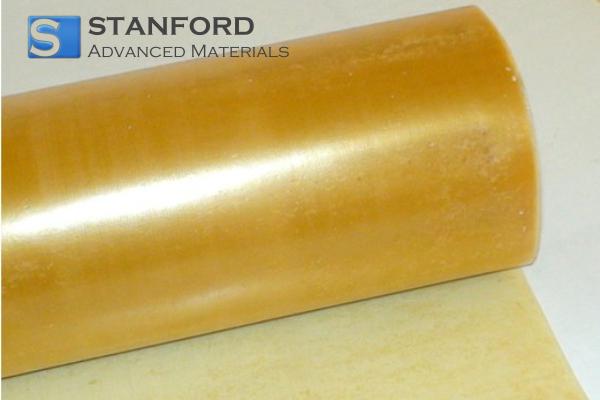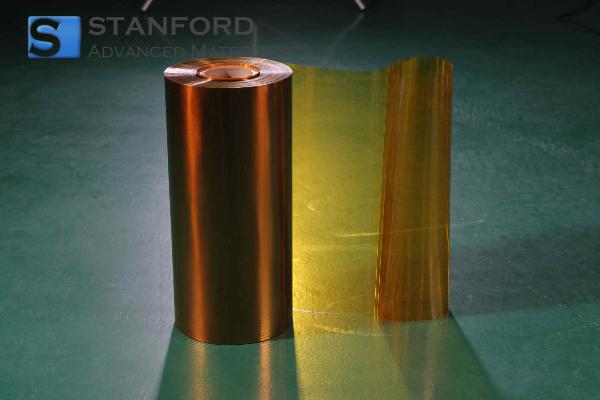Helium: Element Properties And Uses
Description
Helium is a noble gas that plays an important role in various scientific and industrial applications. In this blog post, its properties, common uses and production methods are discussed.
Introduction to the Element
Helium is a colourless, odourless, tasteless, non-toxic, inert, monatomic gas that leads the group of noble gases in the periodic table. It is the second lightest element in the universe after hydrogen and is found primarily in stars, including our Sun. Helium is employed in numerous fields given its unique properties, including its low boiling and melting points, which make it suitable for cryogenic and high-technology applications.
Description of Chemical Properties
Helium is chemically inert because its outer electron shell is complete, and it remains stable under standard conditions. As a noble gas, it does not readily form compounds with other elements. Its lack of reactivity makes it valuable for applications that require chemical stability. Helium does not react with oxygen, nitrogen or other gases at room temperature and is not flammable in the presence of heat or fire.
Helium is additionally colourless and odourless, which contributes to its safety and suitability in various industrial and scientific uses. Although it is largely chemically inert, under high pressures and temperatures in controlled laboratory conditions, it can form compounds with elements such as sodium, potassium and lithium.
Physical Properties
Helium possesses several notable physical properties that render it useful in a variety of sectors. The following table summarises the physical properties of Helium:
|
Property |
Value |
|
Atomic Number |
2 |
|
Atomic Mass |
4.002602 u |
|
Boiling Point |
-268.93°C |
|
Melting Point |
-272.2°C |
|
Density |
0.1786 g/L (at 0°C and 1 atm) |
|
Colour |
Colourless |
|
Odour |
Odourless |
|
Chemical Symbol |
He |
|
Boiling Point (at 1 atm) |
4.22 K |
|
Specific Heat Capacity |
5.19 J/mol-K |
Given the low boiling and melting points of Helium, it remains liquid at temperatures near absolute zero. This property is utilised in cryogenics and refrigeration systems. Further information is available at Stanford Advanced Materials (SAM).
General Applications
Helium is employed in a wide range of industries, from medical uses to aerospace engineering. Some of the most common applications are:
- Cryogenics: Helium is essential for cooling superconducting magnets in MRI machines and particle accelerators. Its low boiling point allows it to reach extraordinarily low temperatures.
- Balloons and Airships: Helium is used to inflate balloons and airships, as it is lighter than air and non-flammable, whereas hydrogen poses a significant safety risk.
- Breathing Gas Mixtures: In diving, helium is included in gas mixtures (such as Trimix) to prevent nitrogen narcosis at high pressures.
- Leak Detection: Owing to its small atomic size and low molecular weight, helium is employed to detect leaks in high-vacuum systems.
- Welding: Helium is used as a shielding gas in arc welding, thereby preventing oxidation of materials and ensuring high-quality welds.
Production Methods
Helium is primarily sourced from natural gas deposits in which it is present in small quantities. The extraction is typically carried out by:
- Cryogenic Distillation: In this process, natural gas is cooled to very low temperatures, whereby helium is separated from other gases.
- Pressure Swing Adsorption: This method utilises adsorbents to separate helium from the other components of natural gas.
Helium may also be obtained as a by-product during uranium ore refining or from the radioactive decay of heavier elements such as thorium and uranium, which release helium during their decay process.
Related Industrial Products
Several products depend on helium or are manufactured using helium in their production processes. These include:
- Cryogenic Freezers: These systems, used in medicine and scientific research, require helium for cooling.
- Superconducting Magnets: Used in MRI machines and other technical equipment, these magnets depend on liquid helium to maintain low temperatures.
- Helium-Neon Lasers: Frequently employed in scientific research and barcode scanners, these lasers rely on helium for proper operation.
- Semiconductor Manufacturing: Helium is utilised in the production of semiconductors, particularly in processes that require very low temperatures or controlled atmospheres.
Frequently Asked Questions
Why is helium used in balloons instead of hydrogen?
Helium is non-flammable, whereas hydrogen is highly combustible and presents a considerable safety risk, particularly where an explosion may occur.
Can helium be produced on Earth?
Helium is typically extracted from natural gas deposits; however, it can also be produced through nuclear reactions, for example via the decay of radioactive elements.
Is helium harmful to humans?
Helium is non-toxic and is generally considered safe. However, inhaling large quantities of helium may displace oxygen in the lungs, potentially leading to asphyxiation.
Why is helium expensive?
Helium is relatively scarce and costly to extract. The separation and purification of helium from natural gas require specialised facilities.
How is helium used in medicine?
Helium is employed in cryogenics to cool superconducting magnets in MRI machines and is also a component in breathing gas mixtures for patients with respiratory issues.

 Bars
Bars
 Beads & Spheres
Beads & Spheres
 Bolts & Nuts
Bolts & Nuts
 Crucibles
Crucibles
 Discs
Discs
 Fibers & Fabrics
Fibers & Fabrics
 Films
Films
 Flake
Flake
 Foams
Foams
 Foil
Foil
 Granules
Granules
 Honeycombs
Honeycombs
 Ink
Ink
 Laminate
Laminate
 Lumps
Lumps
 Meshes
Meshes
 Metallised Film
Metallised Film
 Plate
Plate
 Powders
Powders
 Rod
Rod
 Sheets
Sheets
 Single Crystals
Single Crystals
 Sputtering Target
Sputtering Target
 Tubes
Tubes
 Washer
Washer
 Wires
Wires
 Converters & Calculators
Converters & Calculators
 Write for Us
Write for Us




 Chin Trento
Chin Trento



